Real and Apparent Weight- Definition and Example
Real and apparent weight is two different quantities. Real Weight is the force that gravity exerts on you. Apparent weight is the weight measured by any spring balance.
Real and Apparent Weight
Real weight is the product of the mass of the object and gravitational acceleration while apparent weight is a measurement made by any spring balance.
Real Weight
The gravitational pull of Earth acting on a body is called weight. The real weight is the value of this pull when the body lies on the surface of Earth.
Apparent Weight
Weight is generally measured by the spring balance. The reading of the spring balance is called the apparent weight of the body because sometimes it does not give the correct result.
Consider an object of mass ‘m’ tied to a spring balance that is attached to the ceiling of a lift. The reading on the spring balance represents the tendon in the string. It is denoted by ‘T’ and is called the apparent weight of the object. Its value depends upon the acceleration of the lift.
When the lift is at rest or moving with uniform velocity:
When the lift is at rest or moving with uniform velocity then according to Newton’s 2nd law, acceleration of abject is zero and hence resultant force acting on the object is also zero.if W is the weight or gravitational force of the object and T is the tension in the string then
F = T – W
According to Newton’s law of motion
F=ma
By putting the value of F
ma = T – W
a = 0
0=T-W
T-W=0
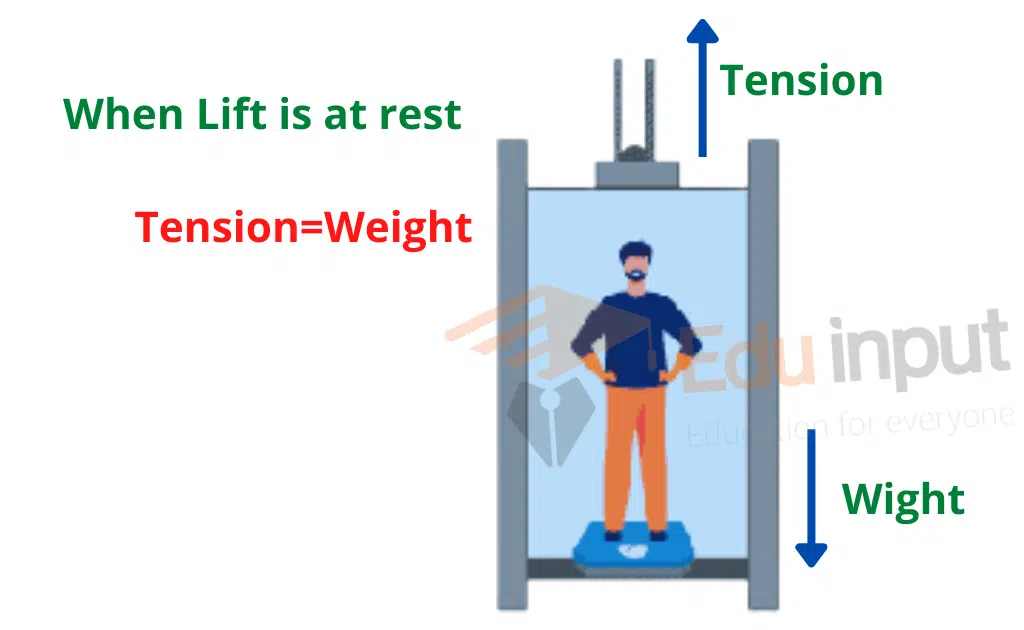
Thus Scale shows the real weight of the object.
T=W= apparent weight
When the lift is moving upward with acceleration a:
When the lift is moving upwards with acceleration then upward force (tension) “T” is greater than downward force (weight) w,
F = T – W
ma = T – W
T = W + ma

Thus the apparent weight of an object is more than its real weight by an amount of ma
When the lift is moving downward with acceleration a
When the lift is moving downwards with acceleration ‘a’ then downward force weight ‘w is greater than the upward force tension T.
F = W – T
ma=W-T
T=W-ma
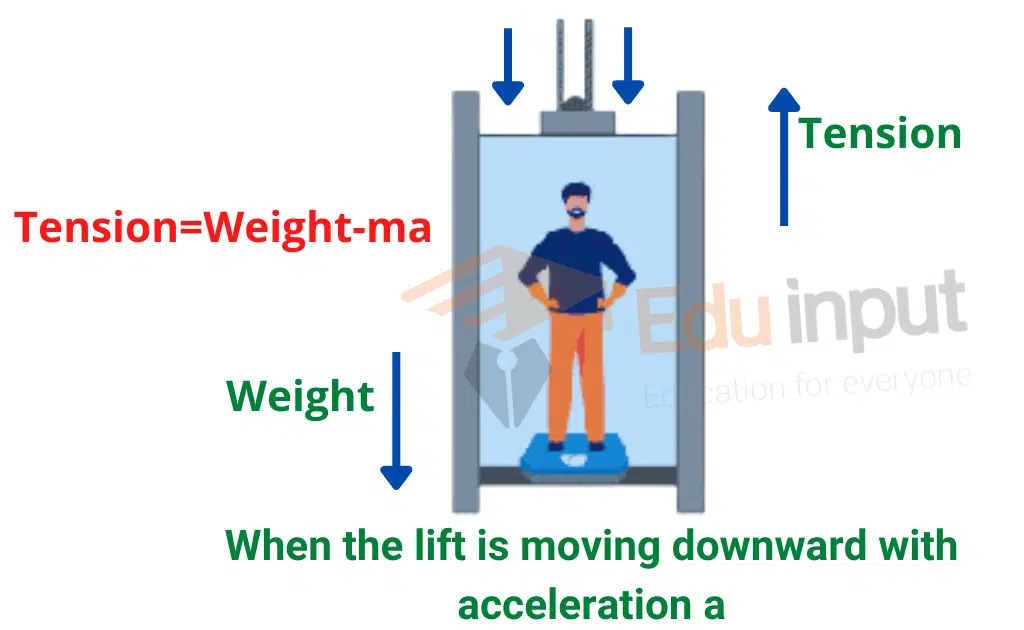
Thus the apparent weight of an object is less than its real weight by an amount ‘ma’. To a person in the accelerating lift, the object appears to have a weight of less than ‘w’.
When the lift is falling freely:
When the lift is falling freely under gravity then
a=g
T=W-ma
We know that
W=mg
W=mg – mg
W=0
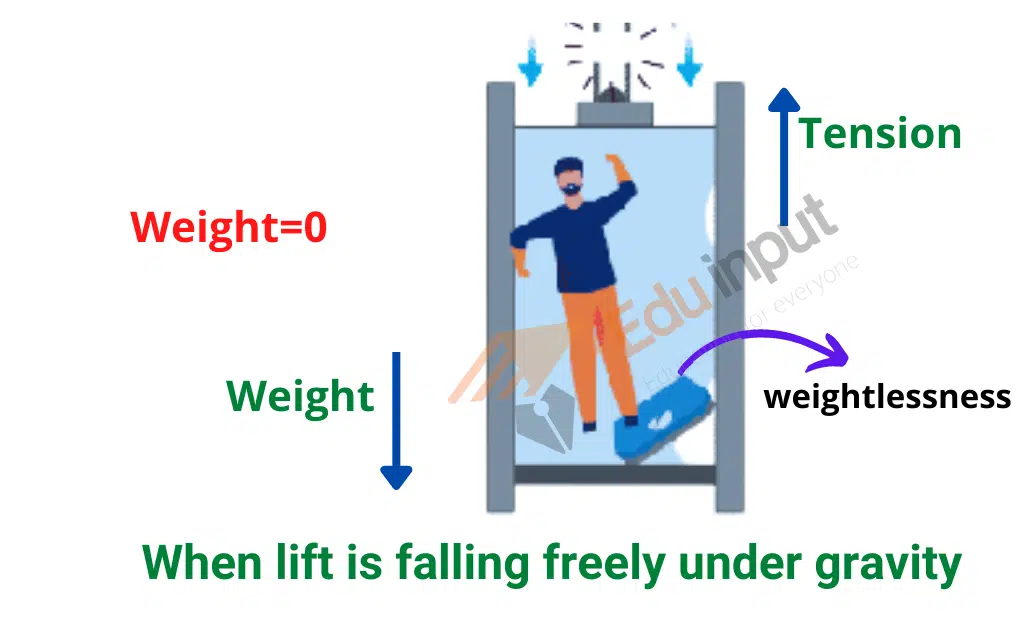
Thus the apparent weight of an object is zero as shown by the scale. This situation is known as weightlessness. Hence, in an accelerating system, the apparent weight of the object is not necessarily equal to its real weight. All the objects in a spaceship revolving around the Earth are in a state of weightlessness.

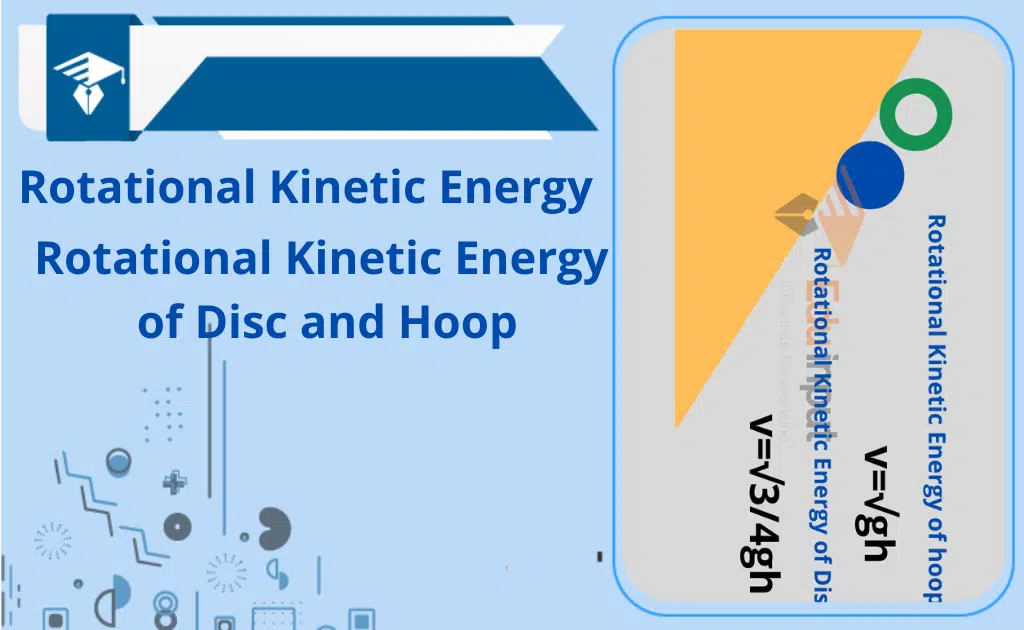
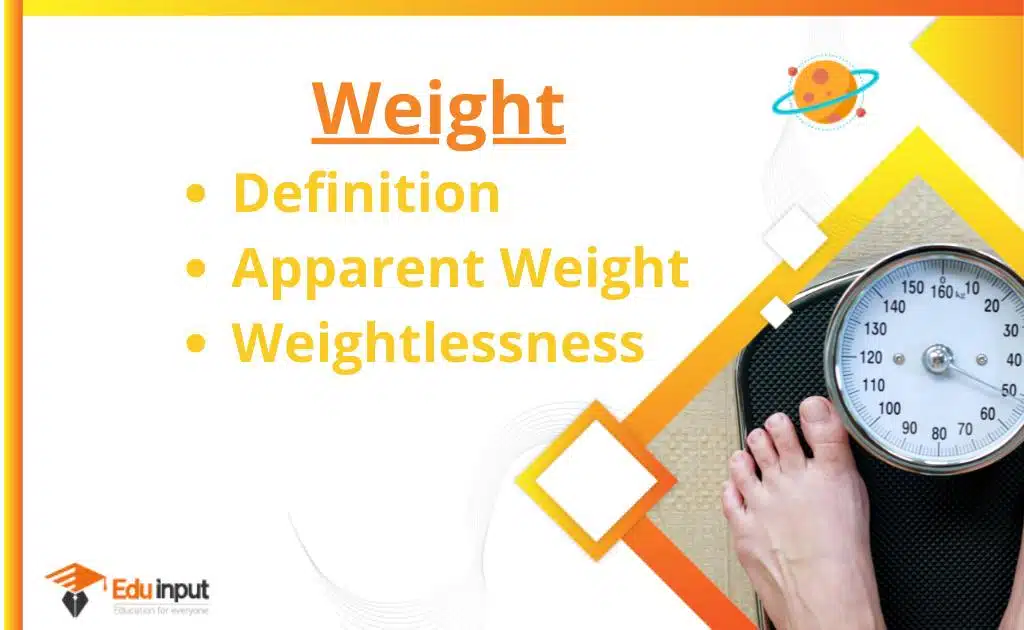
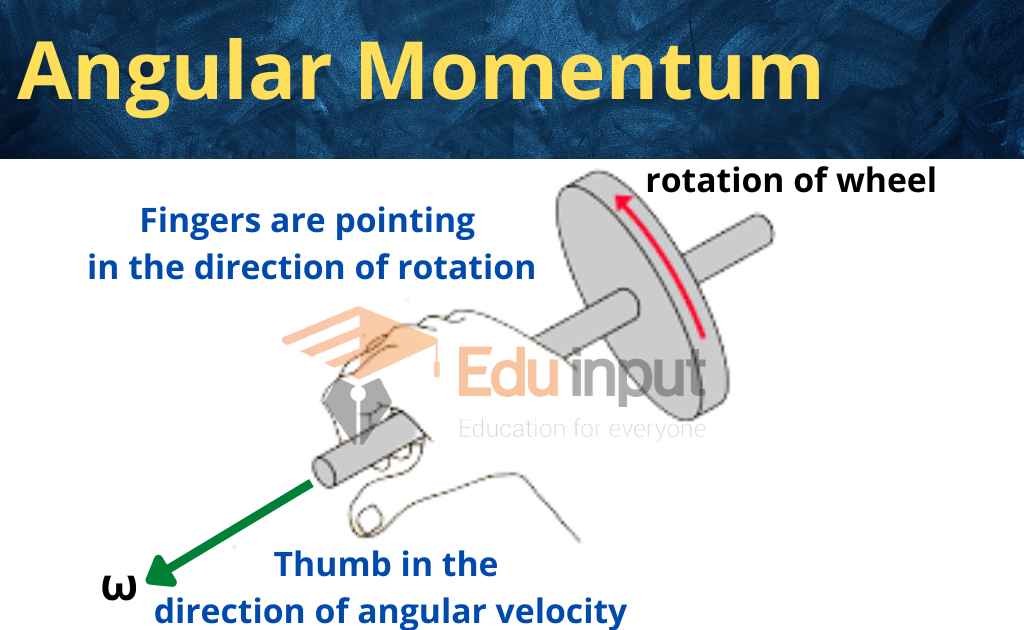
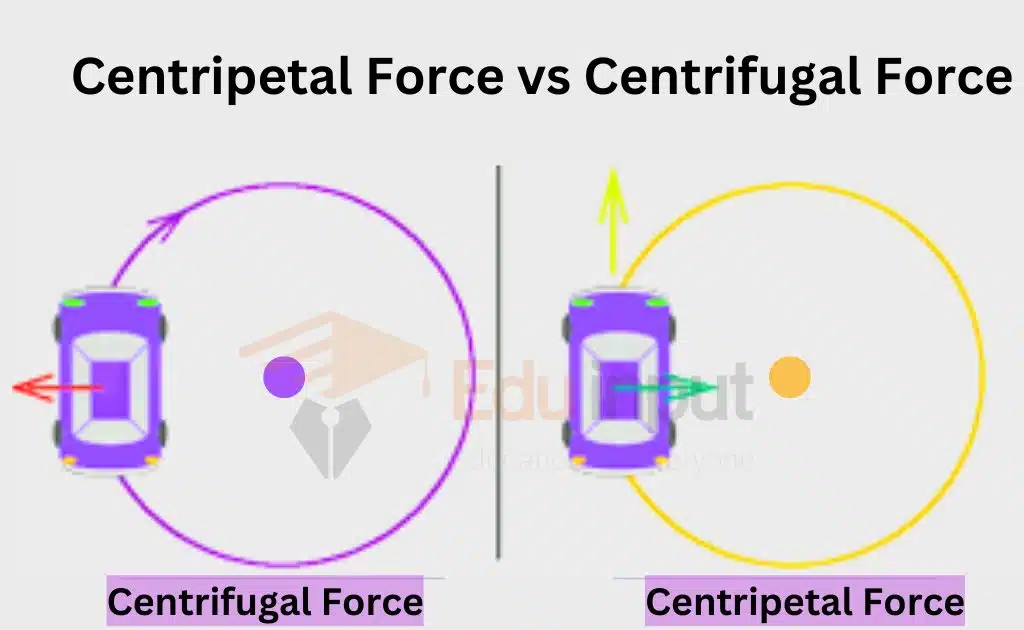


Leave a Reply